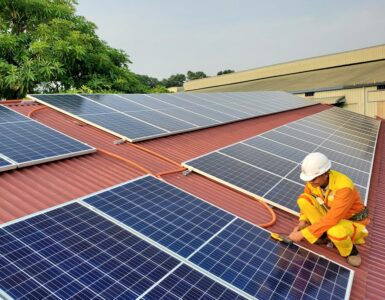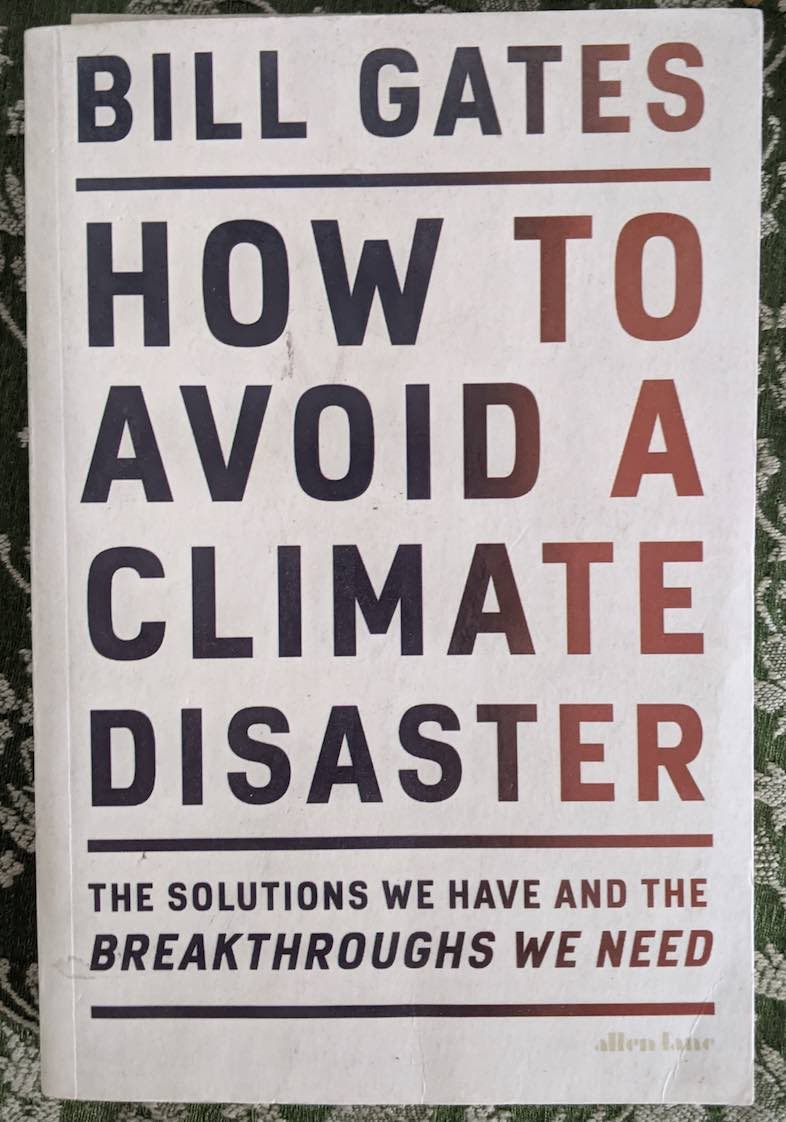If you were a mobile phone user during the early stages of this century, and have dropped your phone inadvertently, chances are, the cover, phone, and battery pack would have come out, and then you had to figure out how to put it back.
It happened to me many times while using my Nokia and Samsung phones, that was the first time, I saw a lithium battery.
All this while I have been using pencil cells or alkaline batteries for electronic devices like a portable radio, television remote, torch, etc. These alkaline batteries are disposable batteries with electrodes made of zinc and manganese dioxide.
Lithium Battery and the Impact?
Wikipedia gives the following definition –
“A lithium-ion battery or Li-ion battery is a type of rechargeable battery. Lithium-ion batteries are commonly used for portable electronics and electric vehicles and are growing in popularity for military and aerospace applications. The technology was largely developed by John Goodenough, Stanley Whittingham, Rachid Yazami, and Akira Yoshino during the 1970s–1980s, and then commercialized by a Sony and Asahi Kasei team led by Yoshio Nishi in 1991.”
Over the years, the usage and adoption of Lithium batteries have grown beyond mobile phones. Due to its high energy density, which can store a lot of energy without frequent recharging and almost zero maintenance costs, it has led to wide-scale adoption.
Mobile phones, laptops, consumer electronics, electric vehicles, power storage devices – varieties of applications are using Lithium batteries.
The advent of electric transport systems and their rising popularity because they are environment friendly compared to fuel ones, has led to the massive demand for manufacturing lithium batteries. According to Benchmark Minerals Intelligence, a price reporting agency, the demand for lithium-ion batteries has tripled since 2015.
Such is the direction for technology, that interestingly in 2019, the Nobel Prize in Chemistry was given to John Goodenough, Stanley Whittingham, and Akira Yoshino “for the development of lithium-ion batteries”.
Lithium, the major element used to manufacture lithium-ion batteries is extremely rare. Much of the reserves are found in 4 South American countries – Argentina, Bolivia, and Chile, Brazil – an area that holds a majority of the global reserves. The US, China, and Australia are other major reserves.
All is not hunky-dory
Lithium battery-propelled electric cars not only have a lesser environmental impact than polluting petrol or diesel cars but they also have greater benefits over lead-acid batteries.
Lead batteries pose a serious health impact, especially when exposed to children. This makes Lithium-ion batteries a critical element in our fight against climate change, reduction in greenhouse gases, and cleaning the planet.
Although lithium isn’t a toxic heavy metal like lead or as polluting as coal-based power sources, it is not as good as it may seem to be. Skeptics have raised objections to the battery manufacturing process, especially the ineffective techniques used in some geographies. It also poses challenges during re-cycling, due to metals like cobalt, and nickel that are used in the battery.
In addition, there have been serious concerns about the mining impacts of lithium. The extraction of lithium requires the evaporation process, which requires loads of water – as per estimates of approximately 500,000 gallons per tonne of lithium.
In some parts of mining areas, more than 60% of water is consumed from the region, in the mining process. This is having high repercussions on the local farmers and communities.
While there is no denying that Lithium-produced power is a far better source than coal-burning fossil fuels, we need to look at alternatives. Work is already underway to discover new and more sustainable energy, like thermal batteries and aluminum batteries.







Add comment